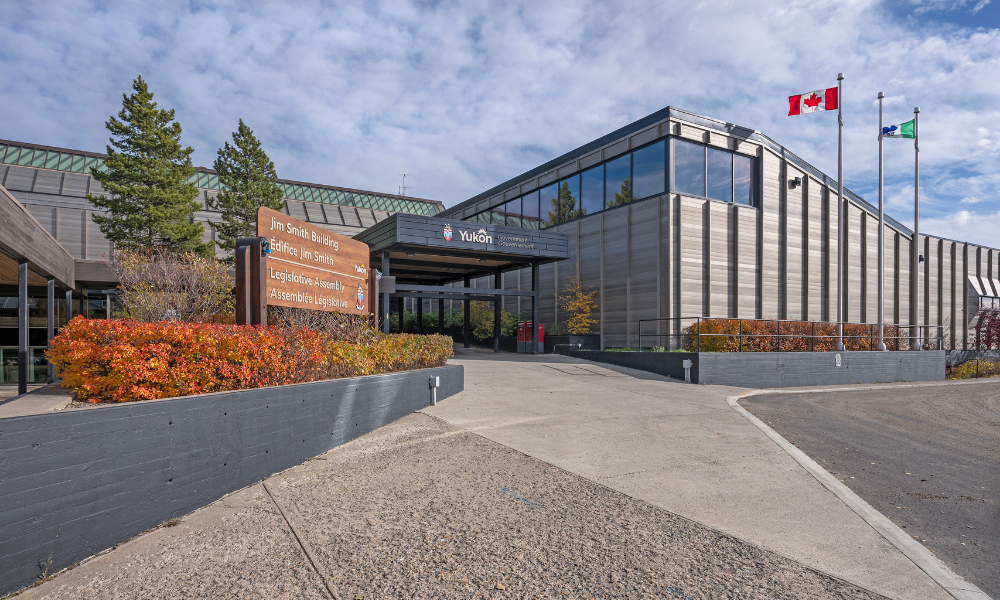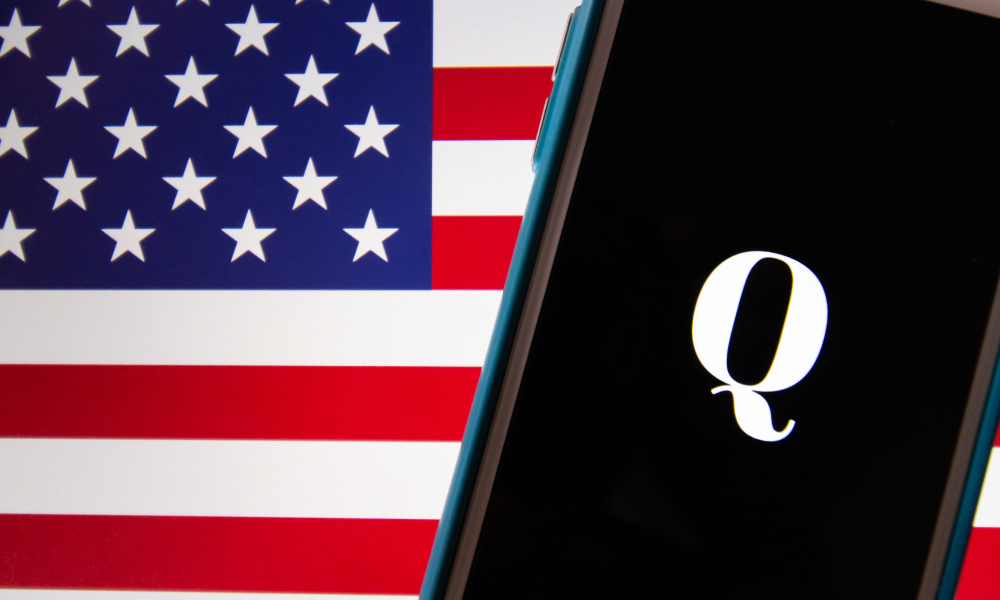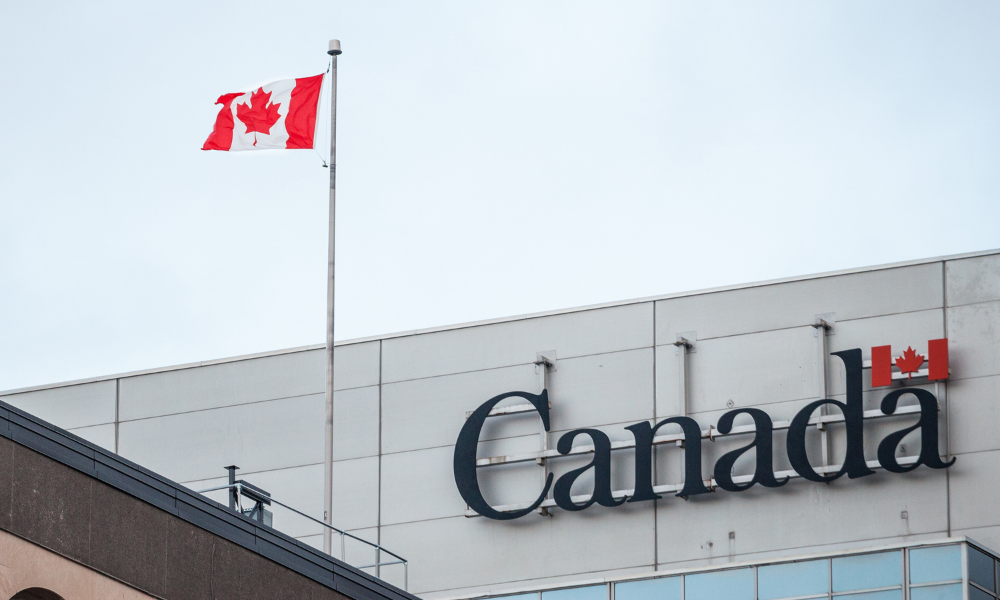If workers regret their great resignation, should HR take back boomerang employees?

In the past, when people quit, they were rarely welcomed back.
“It was very unusual. There was even an unspoken rule that you did not hire back people who had left your organization; it wasn’t a formal policy or anything, it was just practice. Not that it didn’t happen, it most certainly did happen, but it didn’t happen very frequently,” says James Bailey, professor of leadership at the George Washington University School of Business in Washington D.C.
Now? It’s “a phenomena of great interest to people.”
While many workers have looked for greener pastures amid the pandemic, many of them are finding that it’s not always sunny and pleasant in another job.
“When COVID hit and remote work took place, you saw a whole bunch of people say, ‘This is so great, I get to work at home,’ and now those same people are going: ‘It’s not that fun anymore. I want to get back to the office at least part-time or back in the office four days a week, maybe three days a week.’ In other words, the party kind of ran out,” says Bailey.
For those employees who went to other positions, “they’re finding that they’re not in the same occupational position that they thought they were going to be.”
Benefits of boomerangs
For employers considering the boomerang market, the advantages are obvious, according to Bailey.
“You have to think that these people are going to be able to hit the ground running because they already know the job, and that’s going to be a great benefit to the organization itself because they don’t have to go through search, recruitment, selection, training, onboarding — all that stuff is expensive and it takes a really long time.
“It’s prêt-à-porter, it’s off the rack: you could put it on right now and so I think that’s a great advantage to organizations, and they’ll quickly get over this long-standing ethic of not hiring someone who used to work there,” he says.
Read more: Are ‘boomerang’ workers a good fix for the talent shortage?
‘Do not burn that bridge’
To prepare for this cohort, it’s important to keep one thing in mind, says Bailey.
“Do not burn that bridge. When someone is offboarding the organization, you make that offboarding process one that’s curious, that is genuine, that is courteous, and one that doesn’t necessarily have to say, ‘If you’re interested in returning, please let us know.’ It certainly doesn’t need to go that far but certainly do not do anything that would insult or aggravate the departing employees.”
Remember to keep the proper attitude during the process and avoid being confrontational with the departing employee, he says. For example, don’t display any condescension: “You’re leaving us. That is your problem, and we’re going to talk to you now because we have to but you’re really the issue here.”
Bailey expects to see this trend increase in the next year or so “as we’re resettling this diaspora that was brought about by the pandemic… this is going to continue for a while,” he says.
“So it’s absolutely necessary to bring some of those qualified people back into their jobs and organizations are aware of it.”




